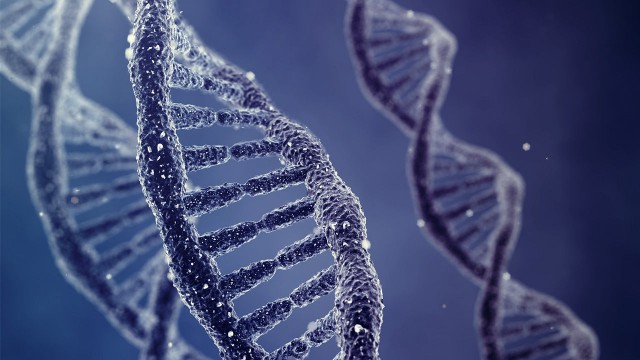A research team at the Gladstone Institutes has developed a novel approach to read and understand the human genome. TargetFinder, which is a computational method, can estimate when the non-coding DNA communicates with the genes. The scientists can relate mutations in the genomic “dark matter” using this technique with the genes they influence, potentially illuminating new therapeutic targets for various genetic disorders.

The team studied the segments of non-coding DNA known as enhancers, which functions as an instruction guide for a gene. It’s the enhancer that dictates where and when a gene should be turned on. The enhancers can be separated from the genes by lengthy stretches of DNA that consist of other several genes.
Katherine Pollard, the senior author, said, “A majority of genetic mutations that are linked to a disease are found to be in the enhancers, which make them an extremely significant area of study. Until now, we struggled to comprehend how enhancers locate the remote genes they act upon.”
Initially, it was believed by the researchers that the enhancer can act upon only the genes nearby to them. Nevertheless, a recent study demonstrated that the enhancers are capable of affecting genes that are millions of characters away from them omitting the in between genes on a DNA strand. When a gene is affected by an enhancer, the two communicate with each other via creating a three-dimensional loop similar to a bend over on the gene.
The scientists examined several of accessible datasets from 6 diverse cell types with the use of machine learning technique to observe for patterns exhibited in the genome that detect where an enhancer and a gene interacts. They revealed numerous patterns that are present on the loop through which the enhancer to a gene and was predicted precisely for 85% of the time.
Conducting trials in the lab to recognize all of these interactions between the enhancer and gene can require lots of investment and years of investigation. This novel computational method is a cost-effective and less time-consuming approach to discover gene–enhancer correlations in the genome. This approach can also help to discover the formation of DNA loops and the pathway through which they cause diseases. The scientists have freely provided all of the data and code from TargetFinder online.
Isn’t it an out-of-the-box invention?